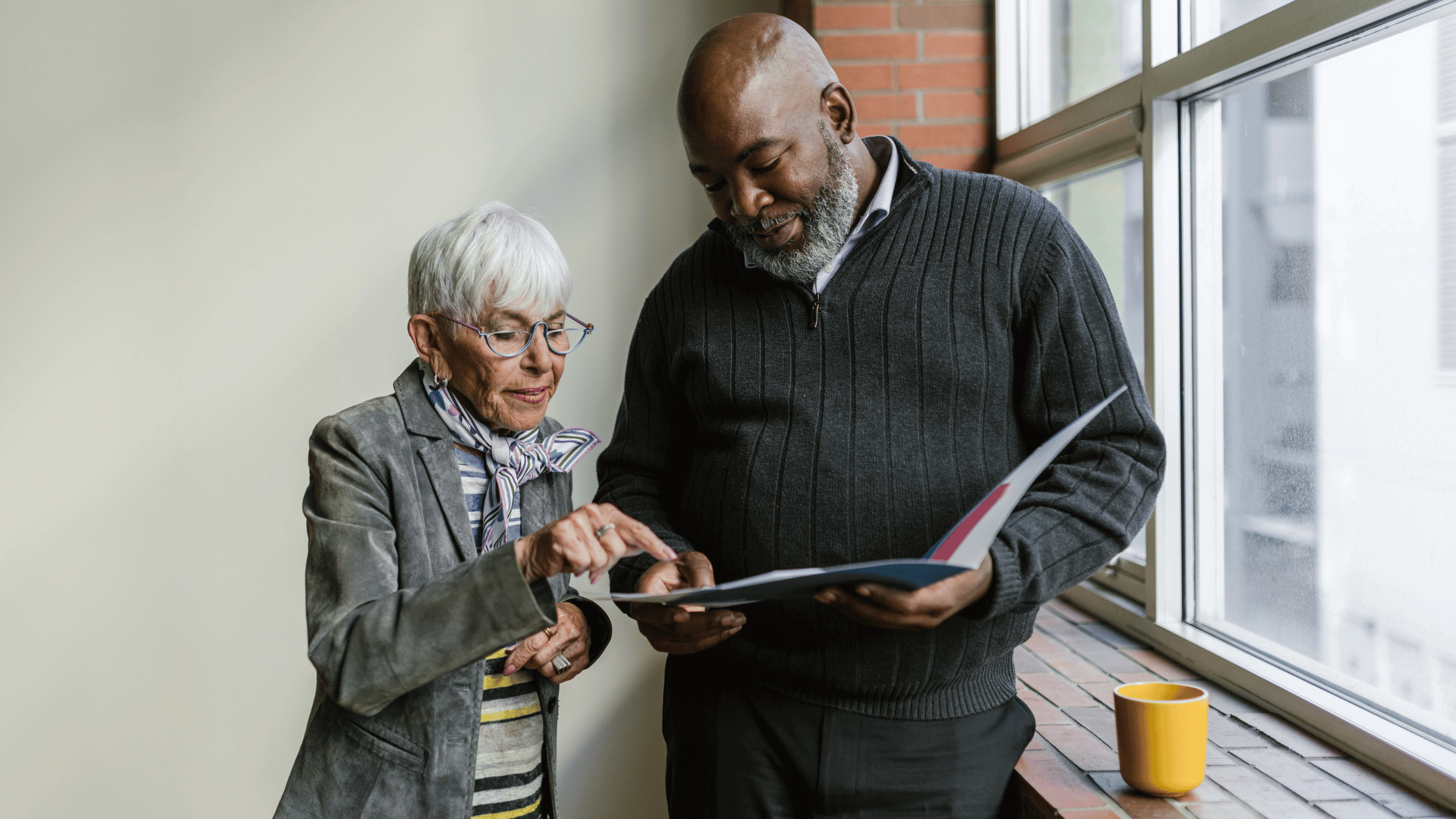Balance | Neurological Recovery
Creating a Safe Haven: How to Reduce Fall Risk at Home with Physical Therapy

Licensed Physical Therapist, PT, DPT // Dry Needling Certified // LSVT Big Certified // EW Motion Therapy Trussville
Every year, millions of people, especially older adults, suffer from injuries due to falls in their homes. Falls can lead to serious consequences, such as fractures, head injuries, and a loss of independence. The good news is that many falls are preventable with some proactive steps and the help of physical therapy - our team at EW Motion Therapy does this for our clients every day. But even if you decide that our physical therapy doesn’t fit your needs, you can still learn some practical tips to reduce fall risk at home and how physical therapy can be crucial in achieving that goal.
Understanding the risks
Before we delve into strategies to reduce fall risk, let's take a moment to understand why falls are such a significant concern. Falls can happen to anyone, but certain factors increase the risk, including:
- Age: As we age, our muscles tend to weaken, our balance may deteriorate, and our bones become more fragile.
- Medications: Some medications can cause dizziness, drowsiness, or affect balance, increasing the risk of falling.
- Chronic health conditions: Arthritis, diabetes, and heart disease can impact mobility and stability.
- Environmental hazards: Cluttered living spaces, slippery floors, and inadequate lighting are common home hazards that can lead to falls.
- Lack of physical activity: A sedentary lifestyle can result in muscle weakness and reduced flexibility, making falls more likely.
Now that we understand the risks, let's explore how to reduce them.
Tips to reduce fall risk at home
- Declutter your space: Remove any unnecessary items from your living area. Keep pathways clear to avoid tripping over objects.
- Improve lighting: Ensure your home is well-lit, especially in hallways, staircases, and bathrooms. Consider installing motion-activated lights for added safety.
- Secure rugs and carpets: Use double-sided tape or non-slip pads to keep rugs and carpets in place, preventing slips and falls.
- Install handrails and grab bars: In the bathroom and staircases, install handrails and grab bars to provide support and stability.
- Use non-slip mats: Place non-slip mats in the bathroom and kitchen to reduce the risk of slipping on wet surfaces.
- Arrange furniture thoughtfully: Arrange furniture for easy navigation and clear pathways through your home.
- Keep essential items within reach: Store frequently used items at waist or eye level to avoid the need for excessive bending or reaching.
- Footwear matters: Wear shoes with non-slip soles inside and outside the house. Avoid walking in socks or shoes with worn-out soles.
- Regular home maintenance: Stay on top of home maintenance tasks like promptly fixing loose handrails, uneven flooring, and broken steps.
- Stay active: Engage in regular physical activity to improve strength and balance. Simple exercises like walking, yoga, and tai chi can be beneficial.
If you want a more comprehensive guide on how to reduce fall risk in your home, click here to download our free home safety guide. Now, let's explore how physical therapy can complement these measures and reduce fall risk.
The role of physical therapy in reducing fall risk
Physical therapy is valuable for individuals looking to enhance their strength, balance, and overall mobility. A trained physical therapist can work with you to create a personalized plan to reduce fall risk. Here's how physical therapy can help:
Balance training
Physical therapists are experts in assessing balance issues. They can design exercises that challenge your balance and improve your ability to stay upright. These exercises can be tailored to your current level of ability and gradually progress as you get stronger.
Strength building
Weak muscles, particularly in the legs and core, can contribute to falls. Physical therapists can design strength-building routines that target these specific muscle groups. Strengthening exercises help you maintain stability and prevent falls.
Gait training
Sometimes, the way you walk can increase fall risk. Physical therapists can assess your gait and provide guidance on proper walking techniques. They may also recommend assistive devices like canes or walkers if needed.
Flexibility and range of motion
Limited joint mobility and flexibility can hinder your ability to react to unexpected obstacles or shifts in balance. Physical therapists can work with you to improve your range of motion, making it easier to navigate your environment safely.
Education and home safety assessment
A significant part of physical therapy involves educating patients about fall prevention strategies. Your physical therapist can conduct a home safety assessment, identifying potential hazards and suggesting modifications to reduce your risk of falling.
Fear of falling
Fear of falling can be paralyzing and lead to reduced physical activity, exacerbating fall risk. Physical therapists can address this fear through education and gradual exposure to challenging activities, helping you regain confidence in your abilities.
Individualized care
One of the greatest strengths of physical therapy is its individualized approach. Your therapist will assess your unique needs and tailor a program that addresses your specific risk factors and goals.
Reducing fall risk at home is crucial in maintaining independence and avoiding potentially devastating injuries. By following the practical tips mentioned in this article and considering the benefits of physical therapy, you can significantly enhance your safety and quality of life. Remember that it's never too early or too late to start working on fall prevention, so take action today to create a safer and more secure living environment for yourself or your loved ones. Consult with a physical therapist to start your journey toward a safer environment - our team at EW Motion Therapy helps clients reduce fall risk every day. You can also download our home safety guide by clicking the button below and begin making every room safer.


